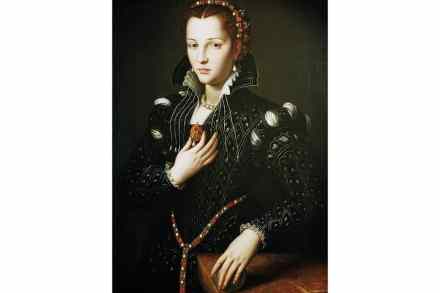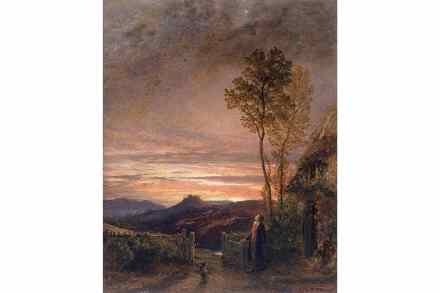Murder most foul: The Marriage Portrait, by Maggie O’Farrell, reviewed
There’s a moment near the end of Robert Browning’s dramatic monologue ‘My Last Duchess’ when it becomes clear that the duke, whatever he might claim, did kill his wife: ‘I gave commands;/ Then all smiles stopped’, he lets slip. In The Marriage Portrait, Maggie O’Farrell’s sombre, haunting novel based on the historical couple described in Browning’s poem, this revelation comes rather earlier. The young Lucrezia knows with ‘a peculiar clarity’ that her husband ‘intends to kill her’ right from the first page. After leaving Florence to begin her married life with Alfonso II, Duke of Ferrara, Lucrezia died within a year. History records her death as being from ‘putrid fever’,



